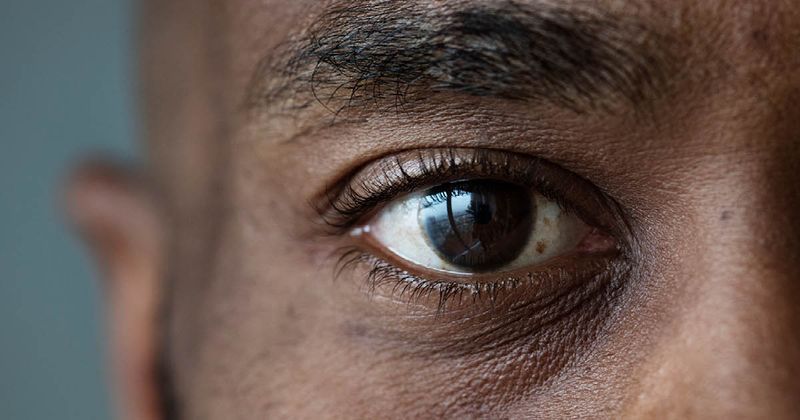Tempo binocular perimeter reduces measurement time, ‘strongly preferred by patients’
Key takeaways:
- No significant differences were reported in mean deviation and visual field index between Tempo and HFA.
- Measurement time was faster with Tempo than HFA.
The Tempo binocular perimeter significantly reduced visual field measurement time compared with the Humphrey field analyzer and was preferred by patients, according to a study published in Scientific Reports.
“We hypothesized that this new technology could reduce testing duration and patient fatigue, minimize variability in test results and improve the correlation between structural and functional data,” Takashi Nishida, MD, PhD, and colleagues at Shiley Eye Institute at the University of California, San Diego, wrote. “The purpose of this study was to compare the Tempo with the Humphrey field analyzer (HFA), the most widely used automated perimeter.”

The researchers studied 740 eyes from 370 participants (mean age, 67.6 years; 60% women) at Shiley Eye Institute, of whom 68 were healthy, 262 were glaucoma suspects and 410 had glaucoma.
Participants underwent visual field testing with HFA 24-2 SITA-Fast (Zeiss) and Tempo (Topcon) 24-2 AIZE-Rapid on the same day in randomized order and completed a questionnaire to evaluate usability.
Nishida and colleagues used a mixed-effects model to compare visual field parameters and reliability indices and also measured retinal nerve fiber layer thickness (RNFL) using Cirrus OCT (Zeiss).
According to results, there were no significant differences in mean deviation and visual field index between the two methods, but there was stronger association between visual field mean sensitivity and circumpapillary RNFL thickness for Tempo compared with HFA. Furthermore, measurement time was faster with Tempo vs. HFA.
“Tempo reduced measurement time by approximately 40% without compromising perimetric performance,” Nishida and colleagues wrote, noting further investigations are needed to understand the device’s long-term potential. “Even though the participants were inexperienced with Tempo prior to the study, it was strongly preferred by patients.”











